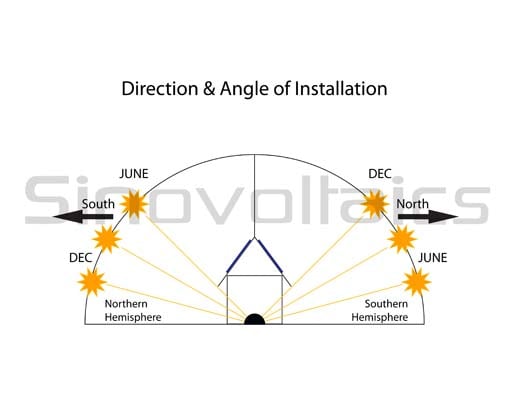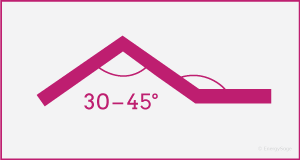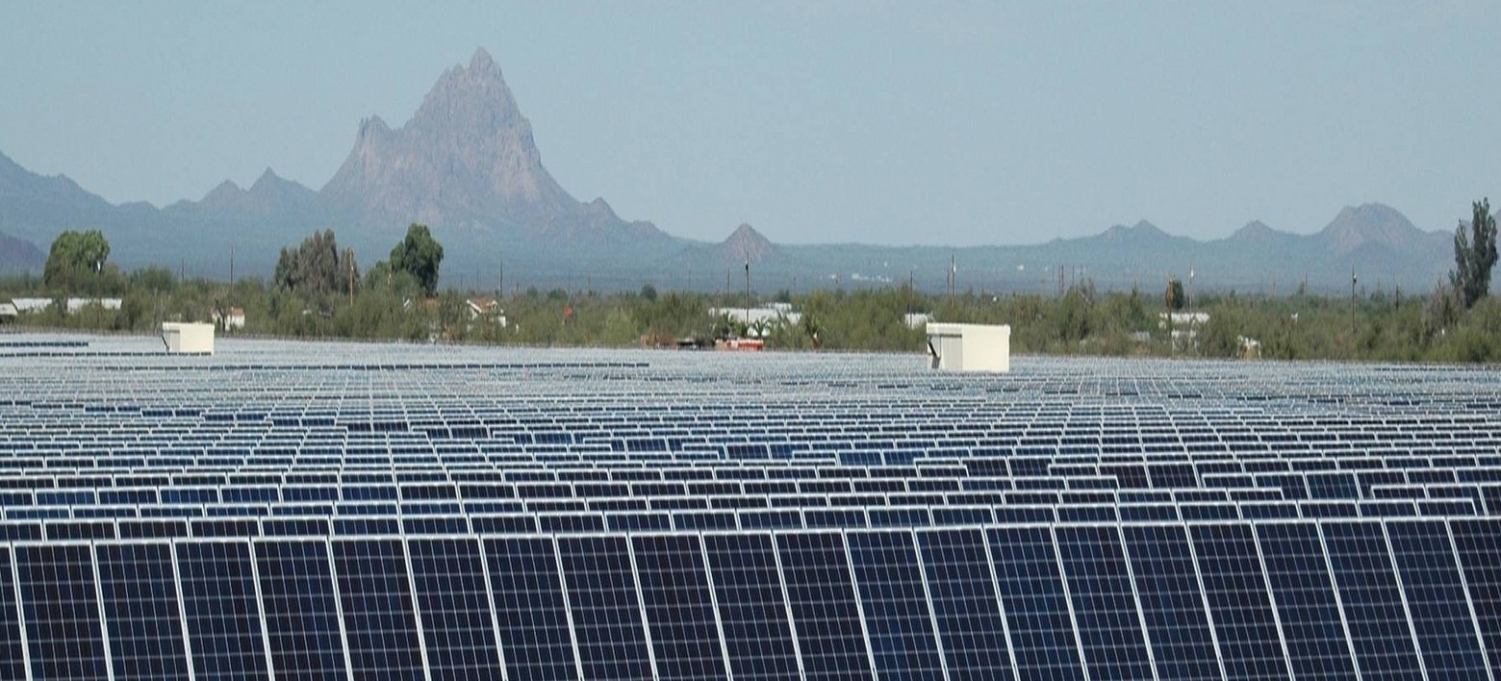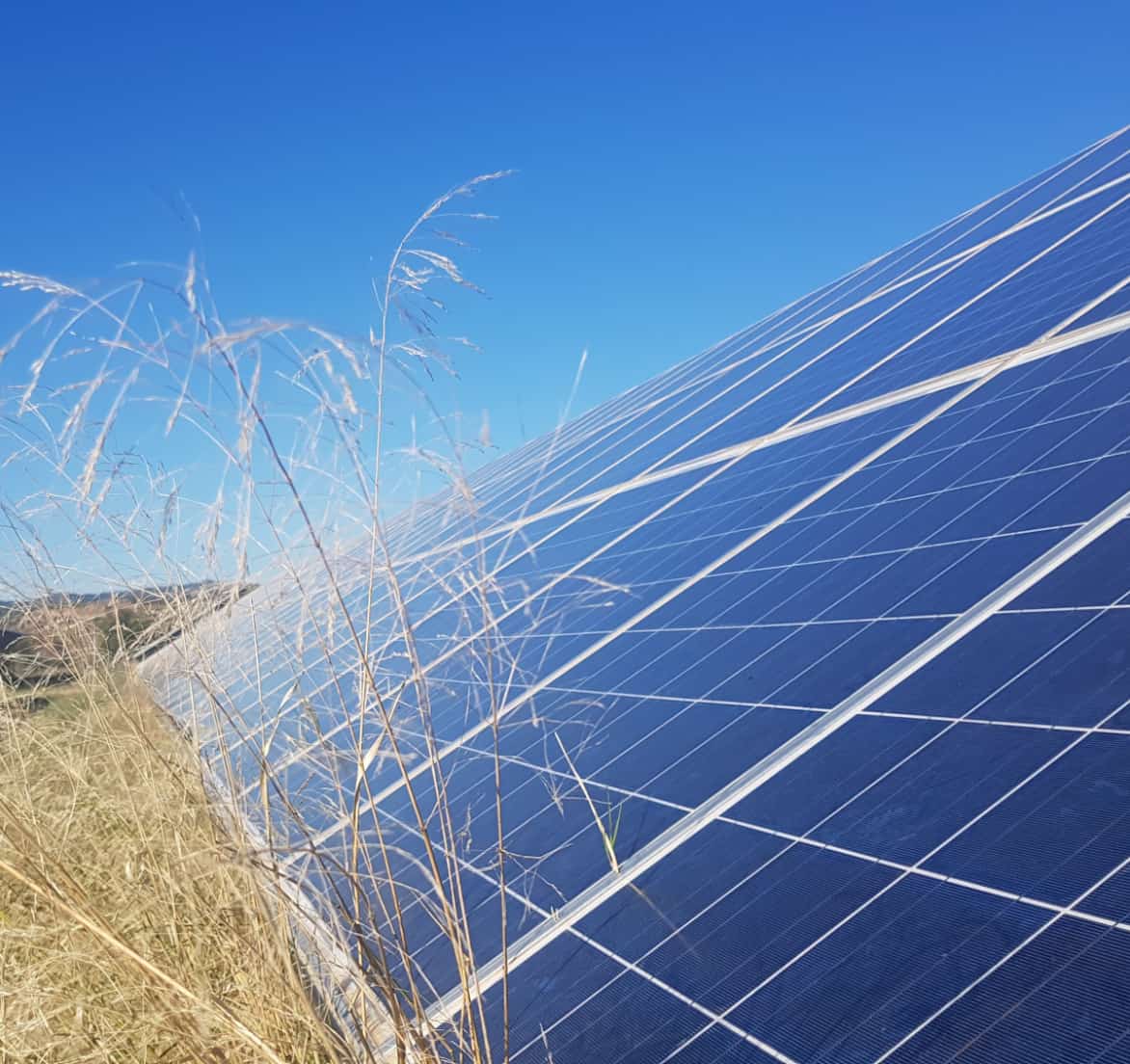Does Altitude Affect Solar Panels
Effect of altitude on the efficiency of solar panel manoj kumar panjwani 1 1dr.
Does altitude affect solar panels. However i could not find the basis of estimating its value for a specific location. Believe it or not. As solar power does not emit harmful gases into the atmosphere its production distribution setup and operation are vital. Just as your skin will burn more at high altitudes.
A comparison of data in two us cities has been completed to exhibit the importance of a solar pv array s tilt angle. However systems that track the sun are more. As a general rule of thumb energy output can be optimized by adding 15 degrees to a site s latitude in the winter and subtracting 15 degrees to a site s. Climate climate solar radiation and temperature.
There s an obvious reason to put solar farms up mountains. There are several other factors that affect solar panel efficiency and the ability to convert sunlight into energy for use in our homes and businesses. Since the sun varies in its altitude angle throughout the year the panels need to be tilted so that on average they receive the most. Air temperatures have their origin in the absorption of radiant energy from the sun.
The effect of an array s tilt angle on solar pv energy output may be up to 20 compared to that of flat installations. The panel generation factor pgf is used for fast approximate and simplified sizing off grid solar pv arrays. Solar panels at a higher altitude will receive more radiation provide more electricity and charge the batteries faster. This is because there is less atmosphere between them and the sun.
The tilt of solar panels and the effect on solar panel production. As variation of solar radiation is the single most important factor affecting climate it is considered here first. They are subject to many influences including those of the atmosphere ocean and land and are modified by them. Ideally you would want to adjust the tilt of your panels throughout the year because the sun is higher in the summer and lower in the winter.
The secret is to put the panels at high altitude and angle them closer to vertical than is usually done.













































